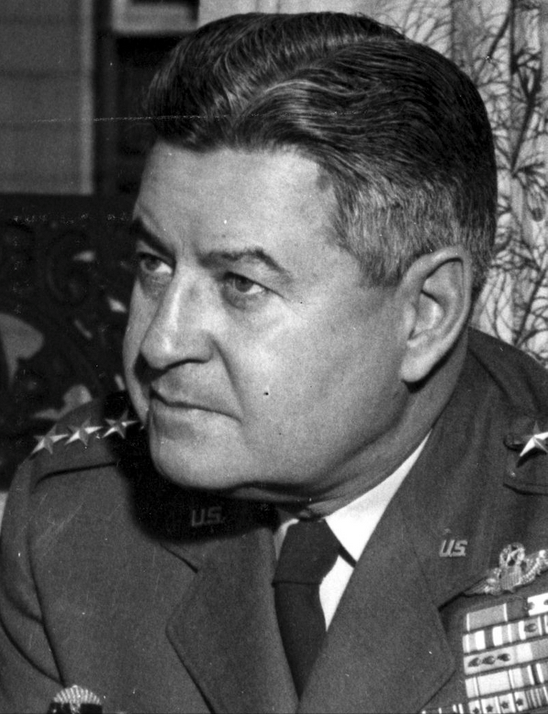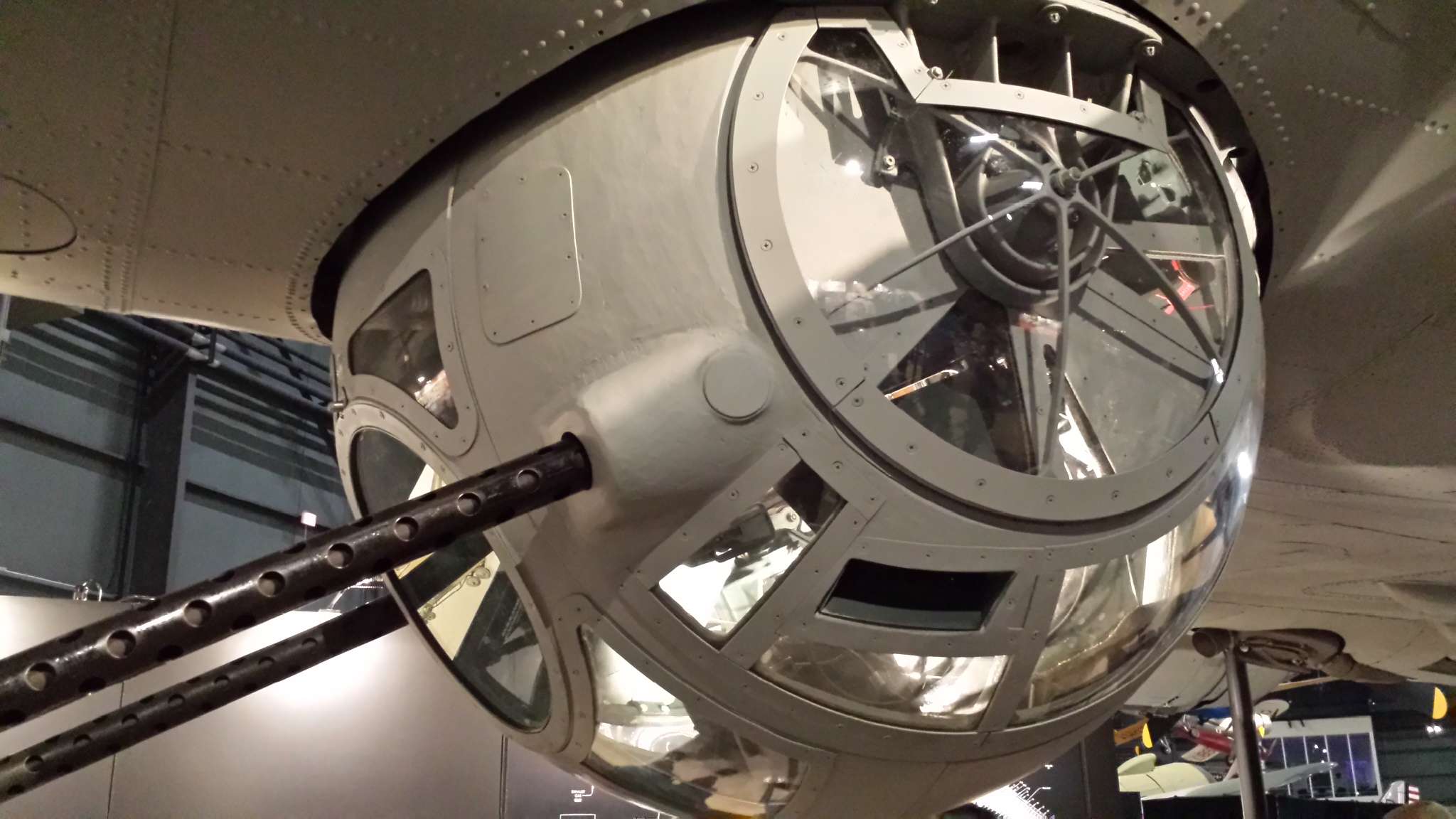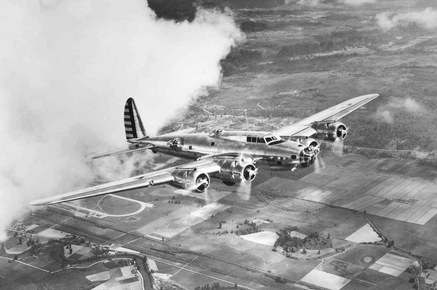Curtis LeMay was born on November 15, 1906, in Columbus, Ohio, United States.
Curtis LeMay was a prominent figure in the United States military during World War II, serving as a general and commander of the U.S. Army Air Forces. He is best known for his contributions to the strategic bombing campaign against Japan, which played a key role in bringing about the end of the war.
LeMay was initially in charge of the strategic bombing campaign against Germany in Europe, where he was instrumental in developing and implementing new tactics and technologies for aerial bombardment.
He refined the box formation, also known as the “combat box formation” initially invented by the British, which involved arranging a group of heavy bombers in a square formation, with each plane flying at a slightly higher altitude than the one in front of it. This formation allowed the bombers to provide mutual protection and support, making it more difficult for enemy fighters to attack them.
He then shifted his focus to the Pacific theater, where he played a major role in the planning and execution of the bombing campaign against Japan.
Under LeMay’s leadership, the U.S. Air Force launched a series of devastating air raids against Japan’s industrial and population centers, including the firebombing of Tokyo in March 1945. These attacks, which killed hundreds of thousands of Japanese civilians, played a significant role in weakening the country’s war effort and forcing its surrender.
LeMay was also involved in planning the atomic bombings of Hiroshima and Nagasaki, although he did not have direct control over the missions themselves. After the war, he continued to serve in the military, eventually rising to the rank of General and becoming the Chief of Staff of the U.S. Air Force.
He died at the age of 83 in Riverside, CA.






